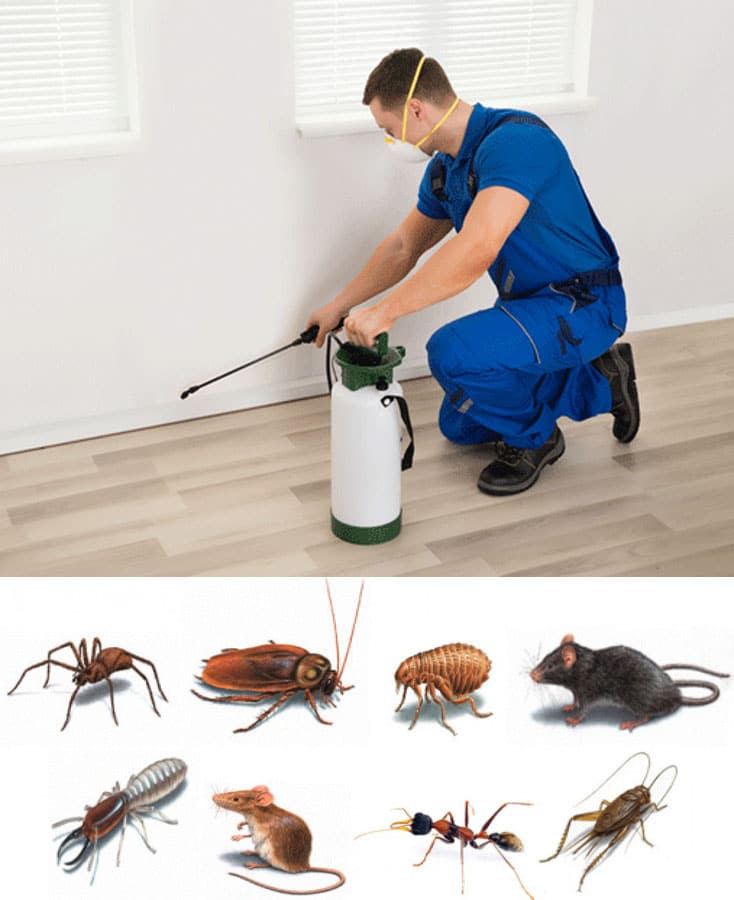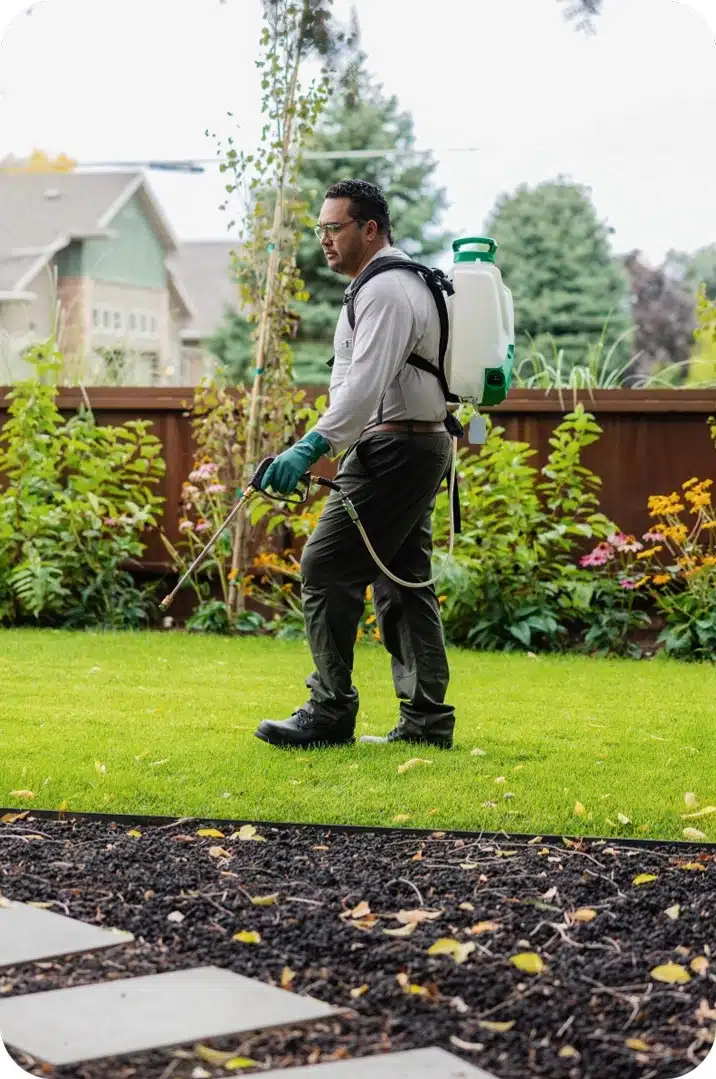Reliable Insect Control Services: An In-Depth Take A Look At Elimination Techniques and Prevention Actions
In the world of bug control solutions, the successful administration of problems calls for a careful technique that combines different methods and actions for both removal and avoidance. From Integrated Bug Administration (IPM) approaches that prioritize sustainable solutions to chemical extermination methods created for targeted elimination, the toolbox versus parasites is diverse and huge.

Integrated Bug Administration (IPM) Strategies
Integrated Parasite Administration (IPM) Techniques encompass a comprehensive technique to pest control that focuses on tracking, control, and avoidance techniques to effectively handle pest populaces. By integrating numerous methods, IPM intends to reduce the influence of pests while likewise reducing the reliance on chemical pesticides. Avoidance lies at the core of IPM, stressing techniques like correct cleanliness, upkeep of hygiene, and securing entry points to prevent pests from infesting buildings. Surveillance plays a vital role in IPM by consistently examining and determining parasite degrees to identify the proper treatment limits. Control approaches in IPM prioritize the use of physical, biological, and social techniques before turning to chemical treatments as a last option. These approaches consist of presenting all-natural killers, environment alteration, and utilizing capturing tools to maintain parasite populaces in check. Overall, IPM fosters a ecologically mindful and lasting technique to pest management, promoting long-term services that safeguard both human health and the community.
Chemical Extermination Techniques
Chemical elimination strategies are commonly used in insect control solutions to properly eliminate insect populations that pose a danger to human health and property. These methods involve making use of different chemical compounds specifically created to target and eliminate bugs such as insects, rodents, and other undesirable animals. The application of pesticides, pesticides, rodenticides, and other chemical representatives is very carefully managed to make sure maximum efficiency while reducing dangers to humans, animals, and the environment.
One of the vital advantages of chemical elimination techniques is their capacity to give quick and targeted outcomes, making them particularly beneficial in instances of serious problems or immediate bug control needs - a1 pest control portland bed bugs. Nevertheless, it is vital to emphasize the value of proper handling, application, and disposal of these chemical products to stop unintended harm
Moreover, incorporated insect management (IPM) techniques often combine chemical extermination methods with various other approaches such as sanitation, environment alteration, and organic controls to develop a thorough and lasting pest control technique. By incorporating chemical extermination techniques sensibly within an IPM framework, pest control services can efficiently take care of bug populations while decreasing possible dangers to human health and wellness and the environment.
Biological Parasite Control Techniques
Employing natural predators and bloodsuckers to manage parasite populations is a lasting method recognized as organic insect control. a1 bed bugs exterminator portland. One usual biological control approach includes presenting natural adversaries of the target pest types, such as ladybugs for aphid control or nematodes for termite infestations.
One more reliable biological control approach is making use of microbial pesticides. These are normally occurring bacteria, such as fungis, infections, and germs, that especially target and infect particular parasite species. By utilizing these microbial representatives, bug populaces can be effectively reduced without damaging valuable organisms or triggering injury to the setting.
Physical Parasite Prevention Actions
Implementing physical insect avoidance procedures entails making use of barriers and architectural modifications to deter insects from infesting a building or entering. Mounting door sweeps, displays on home windows, and sealing cracks in the foundation click this can assist avoid bugs like bugs and rodents from getting gain access to indoors.
An additional physical avoidance action is the use of barriers like fencing to keep larger pests such as raccoons or deer away from the property. By carrying out these physical pest prevention measures, residential or commercial property owners can considerably decrease the risk of insect invasions and the damage they can cause.
Specialist Insect Assessment Treatments
Carrying out thorough and organized bug examinations is a basic aspect of specialist insect monitoring protocols. Specialist insect assessors are trained to thoroughly analyze homes for signs of infestations, recognizing pest species, entrance factors, and favorable problems. The inspection process generally begins with a comprehensive evaluation of both the exterior and interior of the premises. This involves monitoring for parasite droppings, gnaw marks, nests, and any kind of structural damages that may show pest activity. Furthermore, assessors may utilize customized tools such as moisture meters and borescopes to find hidden infestations within walls or crawl spaces.

Conclusion
Finally, efficient bug control solutions use a range of techniques, consisting of Integrated Pest Administration approaches, chemical extermination approaches, biological controls, and physical avoidance procedures. Specialist parasite inspection procedures play a critical function in determining and attending to pest concerns in a prompt fashion. By applying a mix of these strategies, homeowner can efficiently take care of and protect against insect invasions.
From Integrated Insect Administration (IPM) methods that prioritize sustainable services to chemical extermination strategies made for targeted removal, the toolbox against bugs is multifaceted and vast.Integrated Parasite Monitoring (IPM) Approaches incorporate a detailed method to pest control that focuses on control, surveillance, and prevention approaches to efficiently manage parasite populaces.Chemical extermination techniques are generally employed in bug control solutions to efficiently eliminate pest populaces that position a threat to human wellness and residential or commercial property.Utilizing natural killers and how to do pest control parasites to take care of insect populaces is a sustainable approach understood as biological pest control.In verdict, efficient parasite control services use pest control in the area a range of techniques, including Integrated Parasite Monitoring techniques, chemical elimination methods, organic controls, and physical avoidance steps.